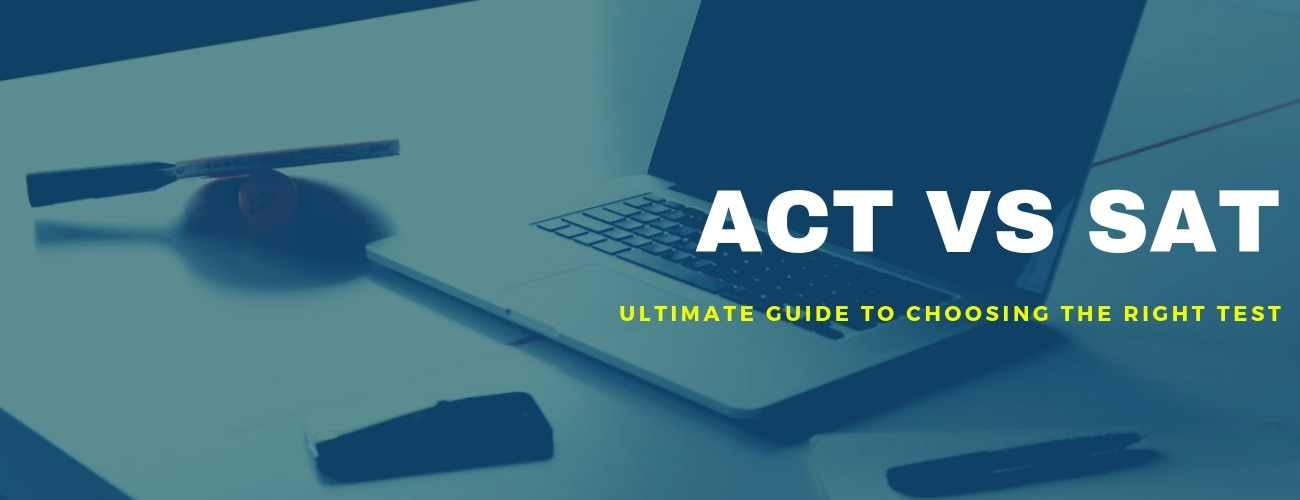Living Arts College has a high acceptance rate of 100%. Living Arts College follows a simple application and admission process involving a total of 4 steps that are as follows: Step 1 that a prospective candidate needs to complete: Submitting the application The first step which a candidate is required to make for admission at Living Arts College is applying to the university. Interested candidates can either apply online or by calling the college at (919) 488-8500. Those willing to take admission can also directly visit the university's administration at 3000 Wakefield Crossing Drive, Raleigh, North Carolina 27614-7076. Otherwise, they can contact Living Arts College's admissions office by phone in order to take admission. Step 2: Acceptance by LAC Once an applicant has submitted their form and deposited the enrollment fee, they would be required to submit certain documents, to receive an admission decision. For Living Arts College, it is suggested that an applicant submits the following documents:
Essay: Sometimes known as the personal statement, the essay submitted by an applicant offers them a unique way to showcase their achievements and personality. It is advised that applicants include personal experiences and anecdotes.
Transcripts: Submitting the necessary high-school and college transcripts is an important part of the evaluation process. An applicant can use Parchment (or similar platforms) to submit the same.
Official Test Scores: It is not a mandatory requirement and not all students submit their ACT and SAT scores. However, by submitting these official scores, a candidate can make a stronger claim for securing a seat at Living Arts College. Once the college finishes looking into applications, additional documents or information might be requested. Step 3 involves confirmation of attendance The candidates have to confirm their attendance to Living Arts College to complete the third step. Additionally, they will be required to complete their Financial Check-In process and select their housing as well. Review and verification of Summary of Accounts and Financial Aid (scholarships, fees, and tuition costs), choosing a lodging option, selecting a payment plan, and making the first payment are some of the processes included in the admission at the varsity. Before proceeding to register for classes, candidates also have to complete the Math and English assessments. Step 4 includes registration for classes The candidates have to register for courses once all the processes mentioned above are completed.





